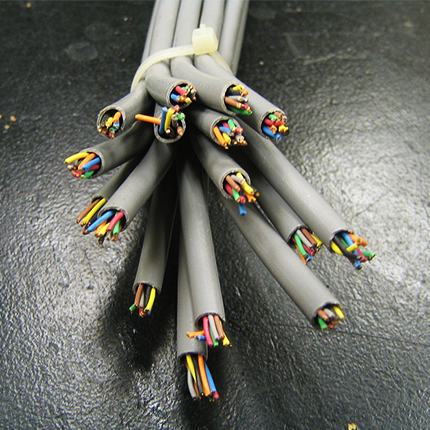- cross-posted to:
- selfhosted@lemmy.world
- cross-posted to:
- selfhosted@lemmy.world
After a few conversations with people on Lemmy and other places it became clear to me that most aren’t aware of what it can do and how much more robust it is compared to the usual “jankiness” we’re used to.
In this article I highlight less known features and give out a few practice examples on how to leverage Systemd to remove tons of redundant packages and processes.
And yes, Systemd does containers. :)



It seems that, in many people’s view, it’s better to have janky scripts starting systems, having to delegate logging management and service monitorization to the services themselves or cumbersome tools poorly used by most distros such as logrotate? Systemd offers a good thing, easy configuration and IT DOES fix a LOT of issues. People who never tried it won’t see how better it is, just try it… like I did 10 years ago.
One of the moments where we see the true power of systemd is when we use it for containers and suddenly realize that the tools used to manage the system such as
systemctlandjournalctlcan be used to inspect and affect a container without even having to enter it. Another equally interesting moment in the systemd journey is when you’ve an ARM system with 512MB of RAM or even less and you figure out that it will save you precious resources for other things.The person you replied to is not criticizing systemd he’s criticizing systemd detractors.
Not at all: I listed the arguments you will get for that question of yours. They all are bogus, as I tried to explain between the parens.
I also updated my reply to make it more clear. It wasn’t “aimed at you”.